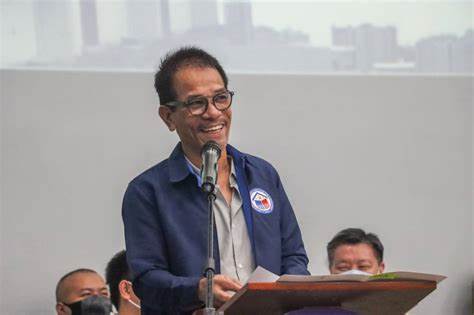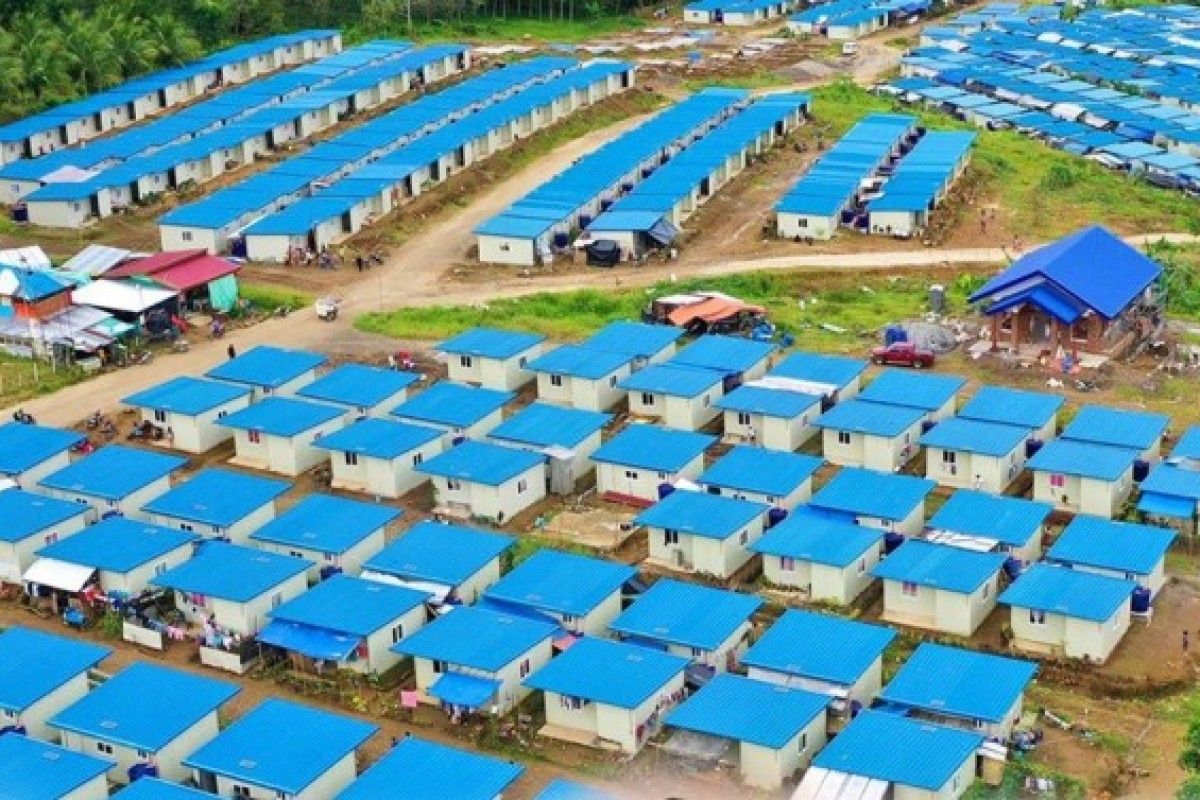
QUEZON CITY, (PIA) – The PDP 2023-2028 explicitly states the establishment of livable communities as among its key transformation strategies under the social and urban development sector, “by upgrading and planning human settlements such that an integrated use of space will bring people closer to work, recreation and transit options.” This is anchored to the country’s commitment to the United Nations' Sustainable Development Goal 11 to make cities and human settlements inclusive, safe, resilient and sustainable.
Thus, to provide the housing needs of the Filipino people, President Ferdinand R. Marcos Jr., through the Department of Human Settlements and Urban Development (DHSUD) has crafted the Pambansang Pabahay para sa Pilipino Housing (4PH) Program.
In a statement, DHSUD Secretary Jose Rizalino Acuzar explained the relevance of the 4PH Program, particularly on maintaining economic growth rate and creating more resilient jobs, as targeted in the Philippine Development Plan (PDP) 2023-2028.
“As we pursue the mission to build and dispense one million housing units per year, we are also espousing township development that will ensure sustainable co-existence of all elements and players in a housing community,” Acuzar said.
Congruently, the 4PH Program pursues innovative strategies to maximize the use of land resources, particularly the vacant, idle, blighted and underutilized government and private-owned lands for housing and mixed-use development.
In addition, it targets to optimize land utilization, especially in highly urbanized and component cities through prioritizing vertical housing and adopting township development models.
“We give weight to the fact that the country’s population growth remains as one of the fastest in Asia, yet our spatial legroom remains constant. It literally maintains its original size and shape, prodding us to strategize on its use while protecting everything that inhabits it,” Acuzar said.
Statistics from local housing boards indicate approximately 3.7 million ISFs in the country, half a million of whom are in Metro Manila. Living under poor conditions, they occupy blighted areas, within easements, beside railways, waterways, esteros, among other dangerous areas. This poses serious risks to their health and exposes them to hazards and natural disasters.
The 4PH Program, thus, focuses on developing low, mid to high-rise projects near the sources of livelihood of target beneficiaries. Indisputably, most of these areas are found in the metropolis or in the center of urban areas where informal settler families (ISF) persistently thrive.
“The DHSUD, in partnership with LGUs, envisions to transform informal settlements and blighted areas into better residential developments with reasonable open spaces. In aid of this, we must clean and rehabilitate waterways and esteros into parks and walkways, and promote onsite or near-site in-city housing,” the housing chief said.
The 4PH’s concept on township development is, meanwhile, guided by the very definition of transit-oriented development to maximize the amount of residential, commercial and leisure spaces within walking distance or easy access to public transportation.
Recent projects the 4PH has inaugurated feature housing communities equipped with amenities and infrastructure to facilitate economic and social activities among target beneficiaries.
Facilities and amenities such as schools, livelihood center, administrative offices, central park, basketball court, mini market and hawker area, aquaphonics area, sewage treatment plant and materials recovery facility are also incorporated in the master plan for township development.
“All these are tactically situated in or near city centers to ensure access to mass public transportation systems such as rail, bus rapid transit, intermodal passenger terminals and bus interchanges,” Acuzar added.
In the long run, DHSUD eyes the opportunity that mass transportation creates in promoting economic activities, improving environmental quality and achieving social development objectives.
With the right strategies in place, Acuzar is confident to reach the flagship program’s target of bridging the country’s 6.5 million housing gap moving from ground up toward sustainable development. (dhsud/pia-ncr)



